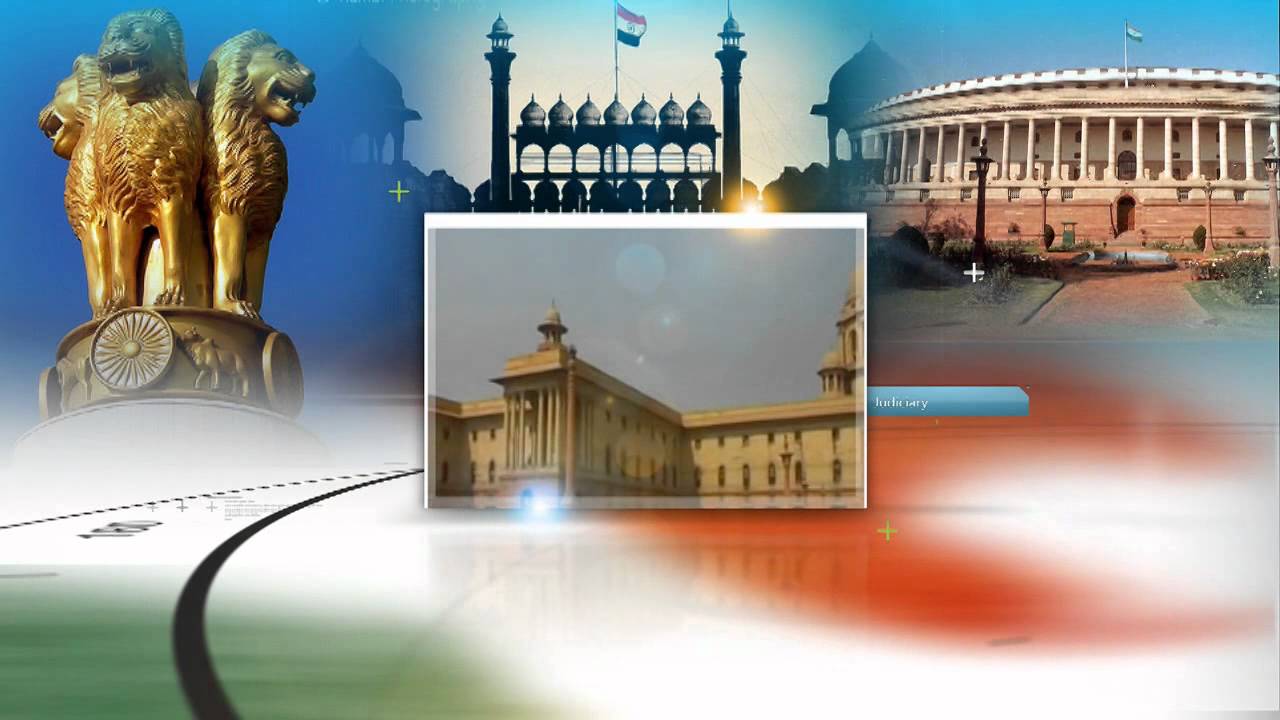Font size:
Print
Champaran Satyagraha
Context: 108 Years of Champaran Satyagraha.
About:
- The Champaran Satyagraha, initiated on 10 April 1917, was the first major satyagraha movement led by Mahatma Gandhi in India.
- It took place in the Champaran district of Bihar and was a farmers’ uprising against the oppressive practices of British indigo planters.
- Under colonial laws, tenant farmers were forced to grow indigo on portions of their land, often at the expense of food crops, and were paid meagre wages.
- The exploitation intensified during World War I when indigo became profitable again, leading to widespread resentment among peasants.
- Rajkumar Shukla, a local farmer and leader, played a pivotal role in organising the Champaran Satyagraha.
- He was instrumental in convincing Mahatma Gandhi to visit Champaran and witness the plight of indigo farmers firsthand.
- Shukla met Gandhi at the 31st session of the Indian National Congress in Lucknow in December 1916 and persuaded him to intervene in the region’s agrarian crisis.
Result of the Champaran Satyagraha:
- The Tinkathia system, which forced farmers to cultivate indigo on three-twentieths of their land, was abolished.
- Farmers were compensated for illegal dues extracted by planters.
- The British government introduced the Champaran Agrarian Act (1918) to safeguard peasants’ rights.
- European planters gradually abandoned the region, marking a victory for non-violent resistance.
Contribution to Mass Gandhian Movements:
- The Champaran Satyagraha laid the foundation for Gandhi’s methodology of non-violent civil disobedience in India.
- It demonstrated the effectiveness of grassroots mobilisation and peaceful protest in confronting colonial exploitation. Gandhi’s approach involved:
- Engaging directly with affected communities through village tours and dialogue.
- Collecting evidence and testimonies from thousands of farmers to build a factual case against injustices.
- Forming alliances with local leaders like Rajendra Prasad and JB Kripalani, who later became key figures in the independence movement.
- This success established Gandhi as a prominent leader in India’s freedom struggle and inspired subsequent movements like the Kheda Satyagraha (1918) and Salt March (1930).
- It also unified diverse sections of Indian society under a common cause, paving the way for mass participation in Gandhian campaigns.


